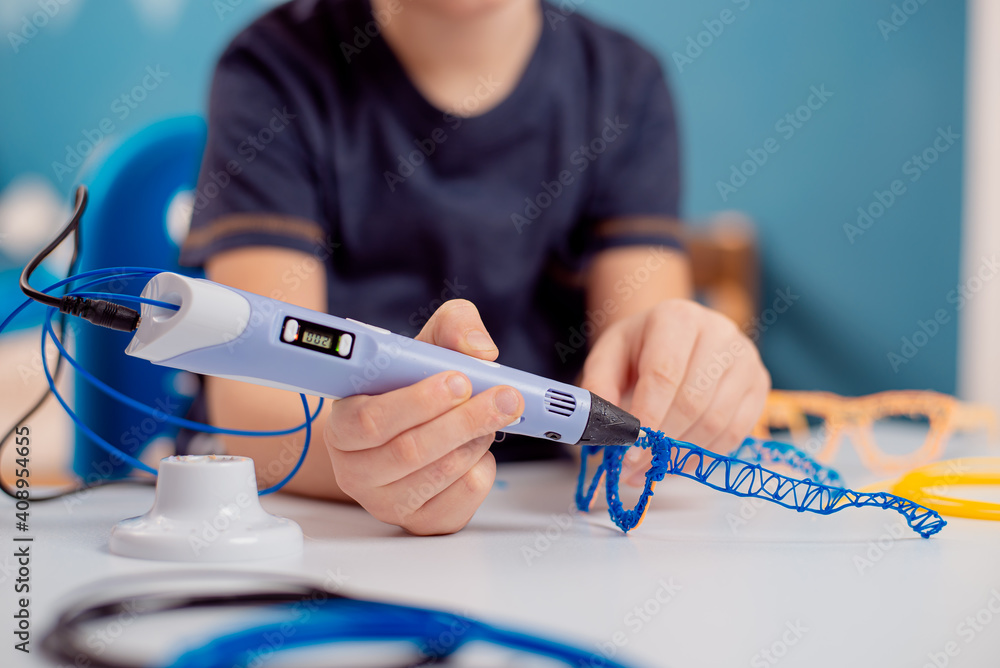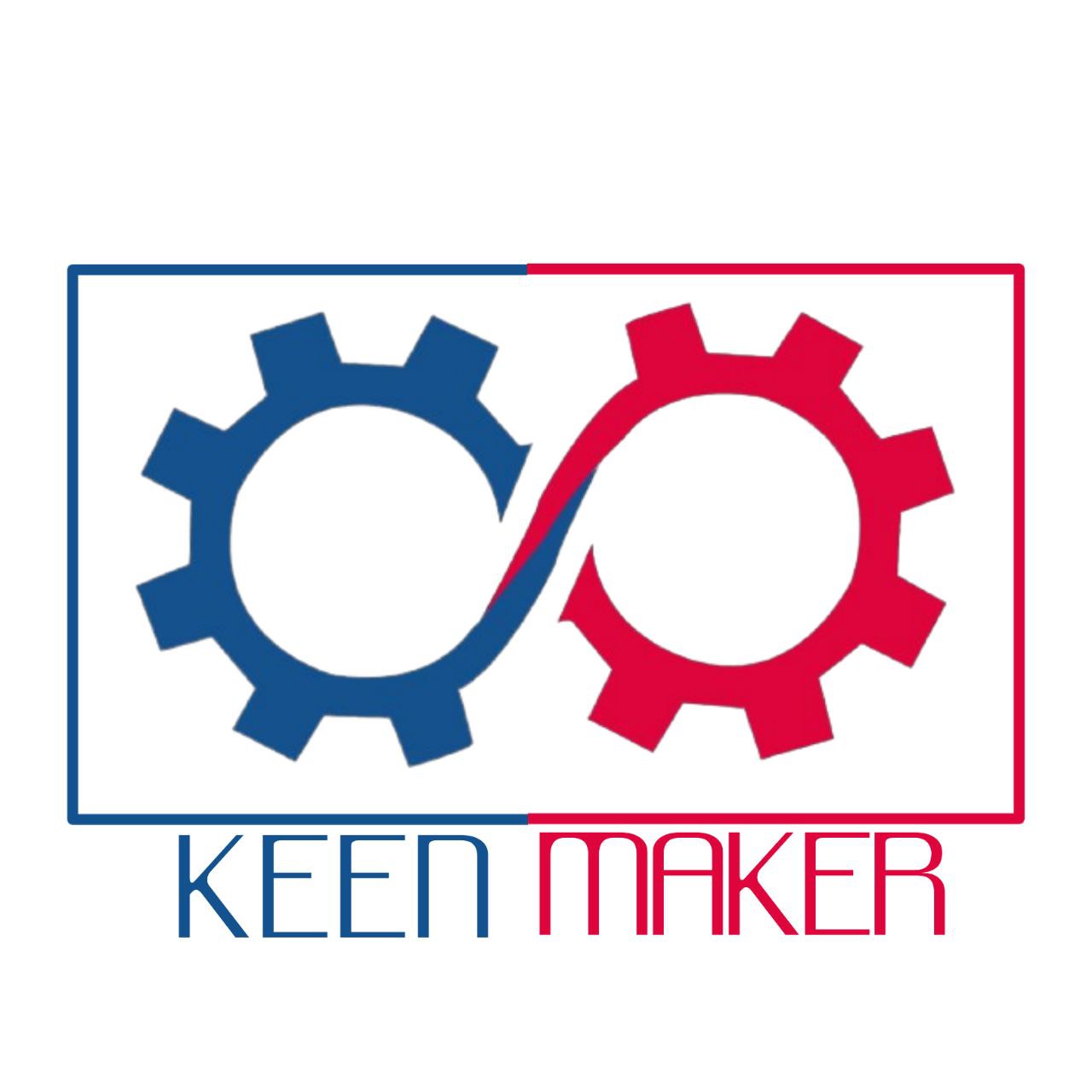
The world of art is constantly evolving, with new technologies continually reshaping how artists create and express their visions. One such revolutionary tool is the 3D printing pen, which has opened up new dimensions in artistic expression. This article delves into the exciting realm of 3D printing pen art, exploring its potential to unleash creativity, its various applications, benefits, and practical tips for artists looking to embrace this innovative medium.
Table of Contents
What is a 3D Printing Pen?
A 3D printing pen is a handheld device that extrudes heated plastic filament, allowing users to draw three-dimensional objects in the air or on surfaces. Unlike traditional 3D printers, which are controlled by computers, 3D printing pens offer a more intuitive and freeform approach to creating three-dimensional art.
How Does a 3D Printing Pen Work?
- Loading the Filament: Insert a plastic filament, typically made of materials such as PLA or ABS, into the pen.
- Heating the Filament: The pen heats the filament until it melts, making it pliable.
- Drawing: As you draw with the pen, the melted filament extrudes from the nozzle and solidifies quickly, allowing you to build up layers and create three-dimensional structures.
The Rise of 3D Printing Pen Art
The introduction of 3D printing pens has sparked a new movement in the art world, attracting artists, hobbyists, and educators. These pens offer a unique way to bring ideas to life, allowing for greater creativity and innovation.
Artistic Freedom and Creativity
3D printing pens provide artists with the freedom to create without the constraints of traditional tools and mediums. This newfound artistic freedom encourages experimentation and innovation, leading to the creation of intricate and dynamic works of art.
Accessibility and Ease of Use
Unlike more complex 3D printers, 3D printing pens are relatively easy to use and require minimal setup. This accessibility makes them an attractive option for artists of all skill levels, from beginners to professionals.
Diverse Applications
The versatility of 3D printing pens means they can be used for a wide range of applications, from fine art and sculpture to craft projects and educational tools.
Benefits of Using a 3D Printing Pen
Incorporating a 3D printing pen into your artistic toolkit offers numerous benefits that can enhance your creative process and expand your artistic capabilities.
Enhanced Dimensionality
One of the most significant advantages of 3D printing pen art is the ability to create three-dimensional pieces. This added dimension brings a new level of depth and realism to artworks, making them more engaging and visually striking.
Speed and Efficiency
3D printing pens allow for quick creation of complex structures that would be time-consuming or difficult to achieve with traditional methods. This efficiency enables artists to rapidly prototype ideas and bring their visions to life more swiftly.
Customization and Personalization
Artists can easily customize and personalize their creations with a 3D printing pen, allowing for unique and one-of-a-kind pieces. This capability is particularly valuable for creating bespoke art, jewelry, and decorative items.
Versatility
The wide range of filament materials and colors available for 3D printing pens means that artists can experiment with different textures, finishes, and effects. This versatility opens up endless possibilities for creative exploration.
Applications of 3D Printing Pen Art
The applications of 3D printing pen art are diverse and extend across various fields and disciplines.
Fine Art and Sculpture
Artists can use 3D printing pens to create intricate sculptures, detailed models, and mixed-media artworks. The ability to draw in three dimensions adds a new layer of complexity and creativity to traditional fine art practices.
Craft and DIY Projects
3D printing pens are perfect for craft enthusiasts and DIYers looking to create custom decorations, ornaments, and functional items. From handmade jewelry to personalized home decor, the possibilities are endless.
Education and Learning
Educators can incorporate 3D printing pens into their teaching practices to engage students in hands-on learning. These pens can be used to teach concepts in subjects such as geometry, engineering, and art, fostering creativity and critical thinking.
Prototyping and Design
Designers and inventors can use 3D printing pens for rapid prototyping and model-making. This capability allows for quick visualization and iteration of ideas, making it easier to refine and develop new products.
Tips for Getting Started with 3D Printing Pen Art
For artists and enthusiasts looking to explore 3D printing pen art, here are some practical tips to help you get started.
Choose the Right Pen
There are various 3D printing pens available on the market, each with different features and capabilities. Consider factors such as ease of use, filament compatibility, and adjustable temperature settings when selecting a pen.
Experiment with Filaments
Different filaments offer different properties and effects. Experiment with various materials, such as PLA, ABS, and flexible filaments, to discover which ones work best for your projects.
Practice Basic Techniques
Start by practicing basic techniques, such as drawing straight lines, curves, and simple shapes. This practice will help you become familiar with the pen’s operation and build your skills.
Use Templates and Stencils
Templates and stencils can be helpful when you’re first starting out, providing a guide for creating more complex shapes and structures. As you gain confidence, you can move on to freehand drawing and more intricate designs.
Explore Different Styles
3D printing pen art offers endless possibilities for creative expression. Experiment with different styles, such as abstract, geometric, and organic forms, to find your unique artistic voice.
Embrace Mistakes
Like any new skill, learning to use a 3D printing pen takes time and practice. Don’t be afraid to make mistakes—each one is an opportunity to learn and improve.
Inspiring Examples of 3D Printing Pen Art
Intricate Sculptures
Artists like Patrick Hubler and Sonia Verdu have created stunning sculptures using 3D printing pens, showcasing the intricate detail and complexity that can be achieved with this medium.
Architectural Models
Architects and designers have used 3D printing pens to create detailed architectural models, bringing their designs to life in a tangible and interactive way.
Mixed Media Art
3D printing pens can be combined with traditional art materials to create mixed media pieces. Artists like Grace Du Prez have used this technique to add a three-dimensional element to their paintings and drawings.
The Future of 3D Printing Pen Art
As technology continues to evolve, the future of 3D printing pen art looks promising. Advancements in materials, pen design, and software integration will further enhance the capabilities and accessibility of this innovative tool.
Advanced Materials
The development of new filament materials, such as biodegradable and conductive filaments, will expand the possibilities for 3D printing pen art. These materials will allow artists to create more sustainable and functional pieces.
Improved Pen Designs
Future 3D printing pens will likely feature enhanced ergonomics, precision, and ease of use, making them even more accessible to artists of all skill levels.
Integration with Digital Tools
The integration of 3D printing pens with digital design tools and software will open up new avenues for creativity and collaboration. Artists will be able to seamlessly transition between digital and physical creation, enhancing their workflow and expanding their artistic possibilities.
3D printing pen art is revolutionizing the way artists create and express themselves, offering a unique and innovative medium for artistic exploration. With its ability to add dimensionality, speed, and customization to the creative process, the 3D printing pen is empowering artists, hobbyists, and educators to push the boundaries of their imagination. As technology continues to advance, the potential for 3D printing pen art will only grow, paving the way for a new era of artistic expression and innovation.
